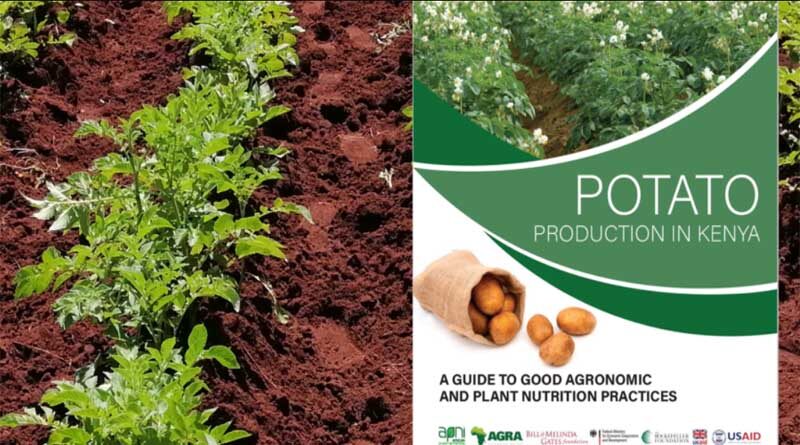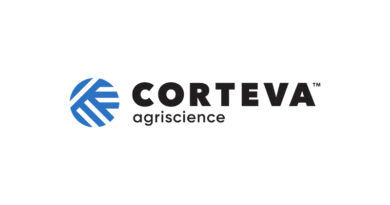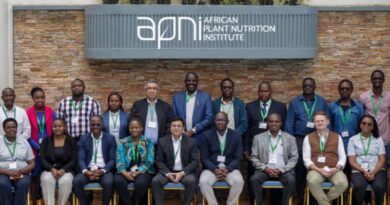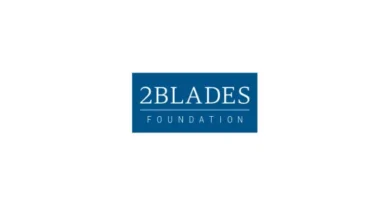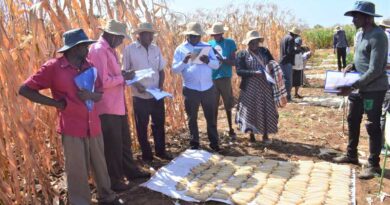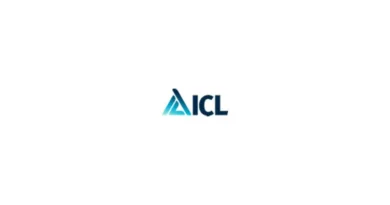New Publication: Potato Production In Kenya
24 August 2021, Africa: APNI has released a new field extension guidebook to good agronomic and plant nutrition practices for potato production in Kenya.
The guide was produced in collaboration with the the National Potato Council of Kenya (NPCK) and the Kenya Agricultural Research Organization (KALRO).
This guide is aimed at providing answers to the How? What? Where? and When? questions of potato production in Kenya. This guide is free to use and distribution of its information is most welcome.
Also Read: Beyond the Vine: Breeding Better Grapes
Funding for development of this guidebook was derived from the OCP-funded Cross Regional Research and Development Initiative of APNI; and an AGRA-funded fertilizer development project supported through the Partnership for Inclusive Agricultural Transformation in Africa (PIATA) consisting of AGRA, Bill & Melinda Gates Foundation, Federal Ministry for Economic Cooperation and Development, The Rockefeller Foundation, UK aid, and USAID.
“This booklet is intended to provide a set of practical guidelines to aid the establishment of good agronomic practices suited for high-yield potato production in Kenya,” explains APNI Director General, Kaushik Majumdar.
“Despite the significant importance of potato in Kenya, yields continue to stagnate throughout the country. Average tuber yield remains at 7 t/ha with many fields below 3 t/ha. Kenya has a large potato yield (and income) gap as these low yields fall well short of realistically attainable yields aided by the adoption of good agronomic practices.”
The hands-on information is designed to assist farmers, and the wide range of agricultural practitioners including extension workers, development workers, researchers, and policy-makers, who work to improve farmer practice and enhance the livelihoods of rural communities. The booklet’s contents cover aspects of potato crop establishment, crop nutrition, crop management, pest management, harvest and post-harvest management, and marketing and potato business.
The scientific principles provided within this publication can also be considered appropriate for similar potato production systems in other countries in Sub-Saharan Africa.

